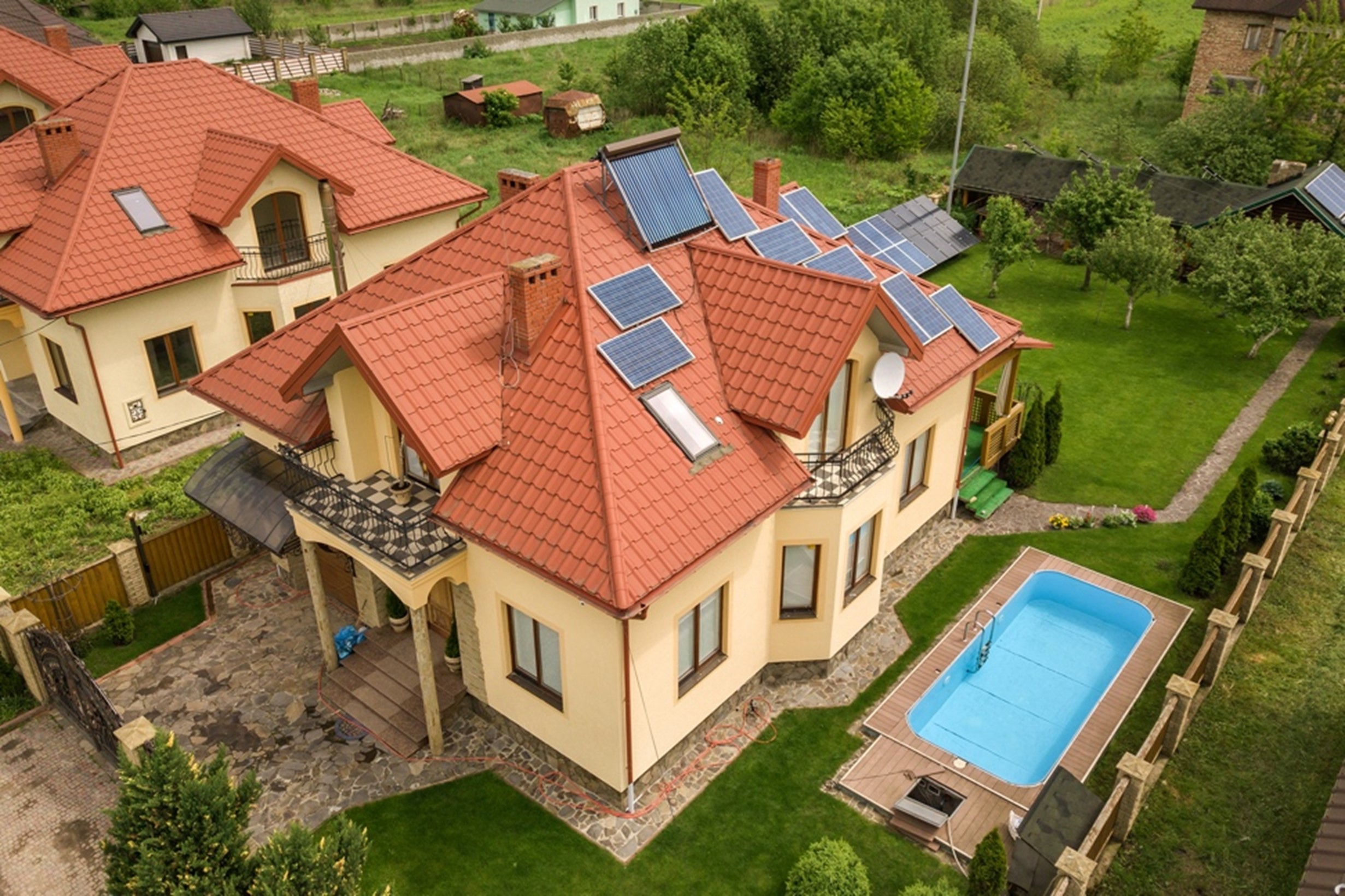If you purchase a solar pool heater, you can save on costs associated with heating your swimming pool by a significant amount. They have relatively low annual operating expenses and are priced comparably to both gas and heat pump pool heaters. In addition, they are more environmentally friendly.
In this article we discuss how they work.
How It Works
The water from the pool is pumped over to the collector. The water passes through a filter on its way to the collector in order to remove any leaves, debris and dirt that may be present. The water passes through a solar collector, where it is warmed by the sun. During Sacramento summers, when the pool is in use, you can make use of the collector to bring the water temperature down. If you run water through the collector all through the night, you can get this result.
When the temperature of the collector is higher than that of the pool, a flow control valve will direct water to the collector. This happens when the temperature of the collector is higher than that of the pool. However, if the temperature of the collector is the same as the temperature of the pool, the water that has been filtered will not go through the collector but will instead go directly back into the pool.
Solar pool collectors come in a wide variety of shapes, sizes and materials, all of which are determined not only by the climate in which you live, but also by the intended purpose of the collector. When the temperature of your pool is typically above the freezing point, using a collector system that is unglazed will provide the best results. These kinds of collectors do not have a covering made of glass on them (The glazing). These sorts of collectors are typically fabricated from rubbers or thick plastics that have been fortified against the damaging effects of ultraviolet light.
Unglazed collectors are typically sold for a lower price than their glazed counterparts because their designs and individual components are more cost-effective. Unglazed collectors are equally useful if you have an indoor pool; this is especially true if the collectors are intended to drain back into the pool when they are not being used.
How to Select the Right Solar Pool Heater?
Prices can vary for a solar-powered heater for your swimming pool. There are many financing options available. When properly installed, a high-quality solar heater has a payback period that starts around 7 years. This period’s length is determined, among other things, by the solar heater’s overall quality and the manner in which it was built. Aztec Solar only uses the best quality of products.
Ensure you give the following thought before investing in a solar heating system and putting it into operation.
- Evaluate the solar potential of your location. This is a crucial step when you consider that the efficiency of a solar pool heater is directly proportional to the quantity of sunlight that can penetrate your pool’s surface.
- Calculating the size of a solar pool heater – The dimensions of a solar pool heating system depend on several considerations. For instance, you need to think about the size of your pool, how long your swimming season is, the effectiveness of your collectors, the temperature you want your pool to be, and the average temperature of the surrounding area.
- Checking the thermal performance rating of the solar pool heater – One should also examine the thermal performance rating before making a purchase. This will allow you to determine how efficient the solar pool heater is.
- Consider the costs of solar heating systems for swimming pools – Before making a purchase, it is important to make an estimate of the costs associated with different kinds of solar heaters and then compare those estimates. The total cost of installation, the number of collector panels necessary to heat your pool, and the collector’s thermal performance rating are the three factors that should be considered when estimating and comparing costs.
Extend Your Swimming Season
The average person who has a pool utilizes it for only three to four months out of the year since the water in their pool can be too chilly sometimes. Your swimming season could be extended by a few months with the help of a solar heater though, giving you the opportunity to spend more time in your pool. A solar heating system can easily bring a swimming pool up to temperatures ranging from 78 to 85 degrees Fahrenheit between the months of April and October.
Are you interested in purchasing products or services that run on solar power in Sacramento? You don’t need to look any further since Aztec Solar! We’re here to assist you with all of your requirements. Get in touch with us immediately to obtain additional information on their offerings (both items and services).



Recent Comments